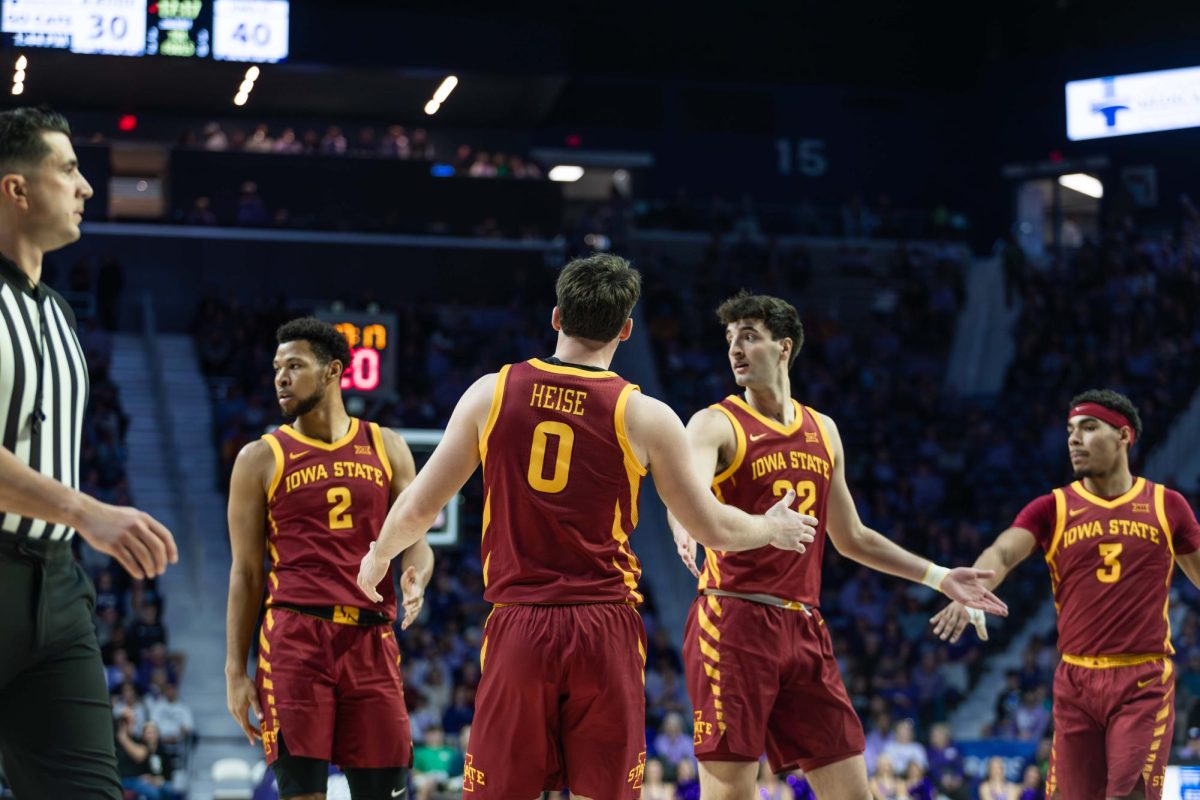Jack who? ISU football great remembered
September 23, 1996
Jack Trice is one of Iowa State most prominent legends, sports or otherwise.
But do you know the man who attracts 43,000 screaming fans on a good Saturday? (Note: The ISU football field is named Jack Trice Field).
When asking someone at ISU, even from an older generation, “Who is Jack Trice?” the reaction usually is: “Trice? Seems I’ve heard the name somewhere. Who is he?”
More than a decade ago there was a movement among the students at Iowa State to name the football stadium after Jack Trice, the first black ISU football player. Even then, who Jack Trice was eluded many.
On Saturday, Oct. 6, 1923, Iowa State traveled to Minneapolis to play the University of Minnesota. The team had won the season opener 14-6 over Simpson College on Sept. 29.
ISU was playing a strong defensive game that day and trailed 14-0 at halftime when Trice first complained of a sore left shoulder.
Midway through the third quarter the Minnesota team ran a play off the left tackle. Trice saw that he couldn’t get to the ball carrier so he threw himself in front of several Minnesota players. He was toppled over on his back and trampled. Newspaper accounts of the day say the crowd chanted: “We’re sorry, Ames.”
Although Trice, an ISU defensive star, wanted to return to the game, he never did, and ISU lost 20-17.
He was taken to a Minneapolis hospital and doctors allowed him to return to Ames, declaring his condition not serious. Some reports say doctors actually denied him treatment, presumably because of his color.
He went back to Ames where doctors at the university hospital discovered a broken collarbone Trice sustained during the first half. On Sunday his condition worsened as he developed respiratory problems. Dr. Oliver Fay, who had been called in from Des Moines, decided that surgery would be too risky to perform.
On Oct. 8, 1923, Trice died of hemorrhaged lungs and internal bleeding throughout the abdomen. He was 21 years old when he died. He left behind his single mother and a summer bride, Cora Mae, who had only been married to Trice for three months.
Trice was known to be more than a fine athlete and a nice guy at a time when blacks were seldom accepted at most colleges and rarely allowed to compete in athletics. He is the only athlete in the history of Iowa State to die from injuries suffered as a direct result of varsity competition.
Through a concerted effort, the field of Cyclone Stadium was named in honor of the spirit of Jack Trice in 1984.
There have been sparatic pushes since to get officials to rename the entire stadium in honor of Trice, but none have been successful.
In 1987, a full-sized statue of Trice was placed between Beardshear and Carver halls.
Former student leader Mike Kelly spoke at the dedication. “This is a statue to a great man and a symbol of the courage it takes to fight the evil of prejudice. Prejudice is evil, and I hope that students who look at the statue say that.”
No one will ever know what Trice himself would say about his death and honors, but the engraved plaque with a letter written by Trice to himself on the eve of the Minnesota game tells the story.
It reads: “My thought just before the first real college game of my life: The honor of my race, family, and self is at stake. Everyone is expecting me to do big things. I will. My whole body and soul are to be thrown recklessly about the field. Every time the ball is snapped, I will be trying to do more than my part. Fight low, with your eyes open and toward the play. Watch out for crossbucks and reverse end runs. Be on your toes every minute if you expect to make good. Jack.”
Visitors to the new Jacobson Building can see a memorial of Jack Trice in the Gary Thompson Hall of Honor.






